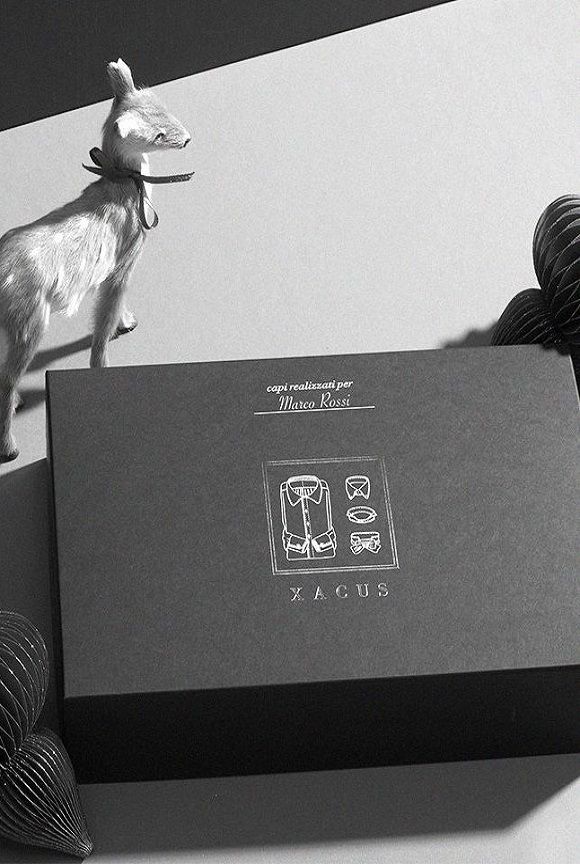Use yarn count to discover the quality of a cotton fabric
In order to establish the quality of a thread of cotton fabric (or other fibres) you need to measure a section and calculate its diameter. Unfortunately, however, this is not possible: often the threads are not perfectly circular, nor regular and easily lose their shape.
It is, therefore, essential to take other measurements into considerations, that is, the length and weight of a section of thread. This is how the count is calculated: comparing the weight and length of a portion of thread and obtaining a measurement, that is, the count. So, the count is nothing more than an operation carried out to establish the thread count.
There are different kinds of counts because not all threads are the same; indeed, cotton is a fabric with completely different characteristics to silk or wool.
For threads like silk or chemical fibres, a direct count is carried out: a comparison is made between the weight and length that remains stable. In this case, the higher the count, the thicker the yarn. The measurement unit produced is called Denier (Td or den) and identifies the weight in grams of 450 metres of thread.
For discontinuous fibre threads (natural fibres), an indirect count is used, comparing the length with a weight that remains stable. In this case, the higher the count, the finer the yarn. The measurement unit is the numeric metric (Nm) which identifies the metres of thread found in a kilogram of thread.
Applying the indirect count method, you achieve the English count that considers measurements made in pounds and yards. The English cotton count, Nec or Ne (Number English cotton), identifies the number of 840 yard long leas needed to create a pound in weight. The formula to calculate the English count, therefore, is very simple: multiply 0.59 with the comparison between length and thread weight.
The quality cotton shirt, therefore, can be identified by the count of the fabric used to produce it. The higher the count, the better the quality of yarn. The count is represented by a comparison, for example, one of the cottons used for the Xacus shirts, the Giza 45, is a 140/2: the first number indicates the thread count, the second identifies the kind of thread. In this case, it is 2 because it refers to a double twisted yarn (yarn twisted together with another), if it were 1, it would be a single thread.
When you purchase your next shirt, check the yarn count used to produce it or visit the e-shop Xacus to see our products’ yarn counts.

